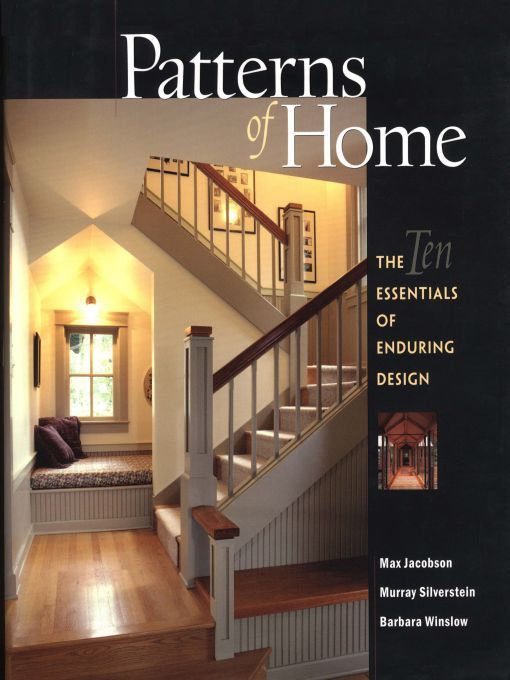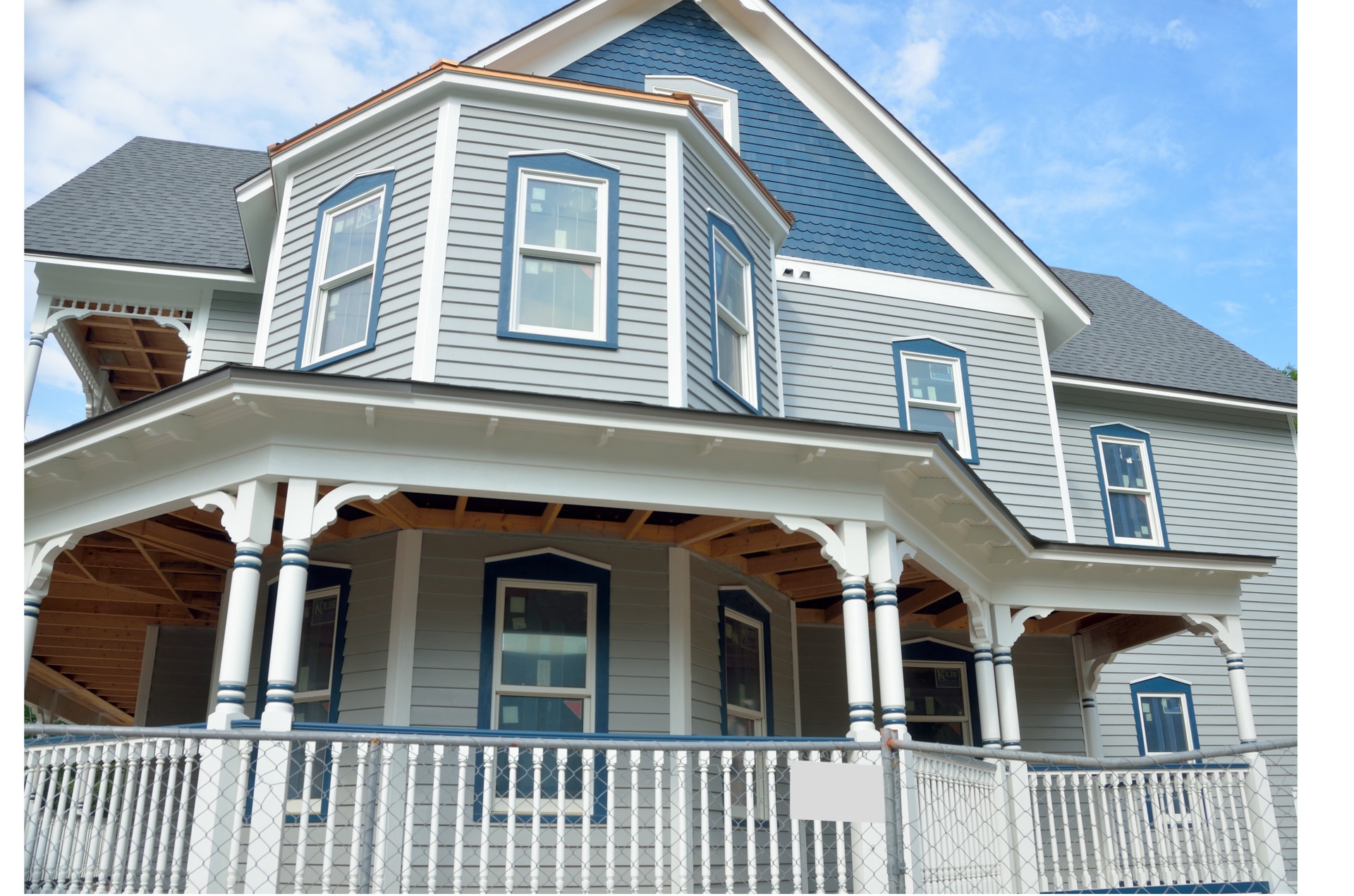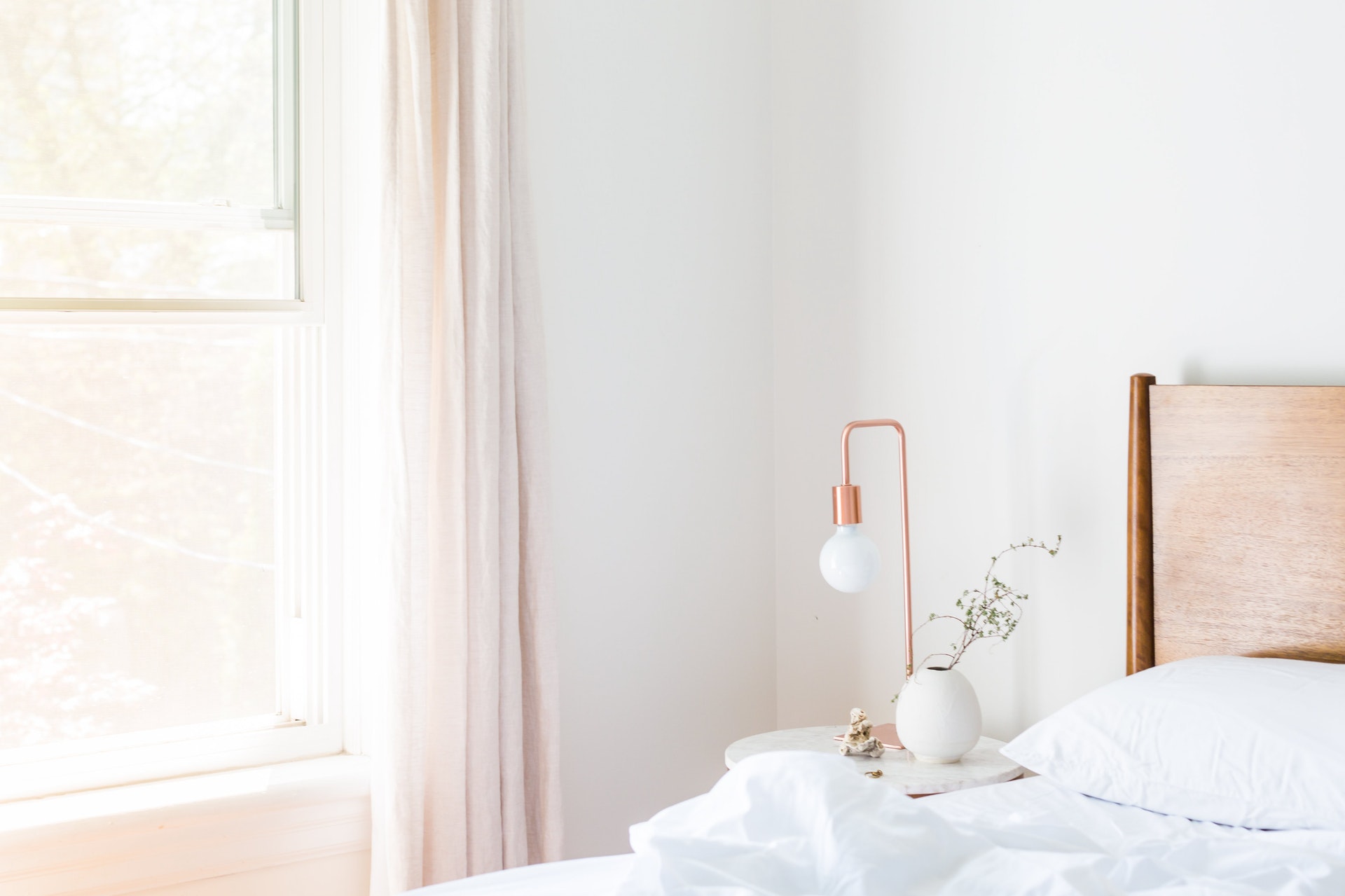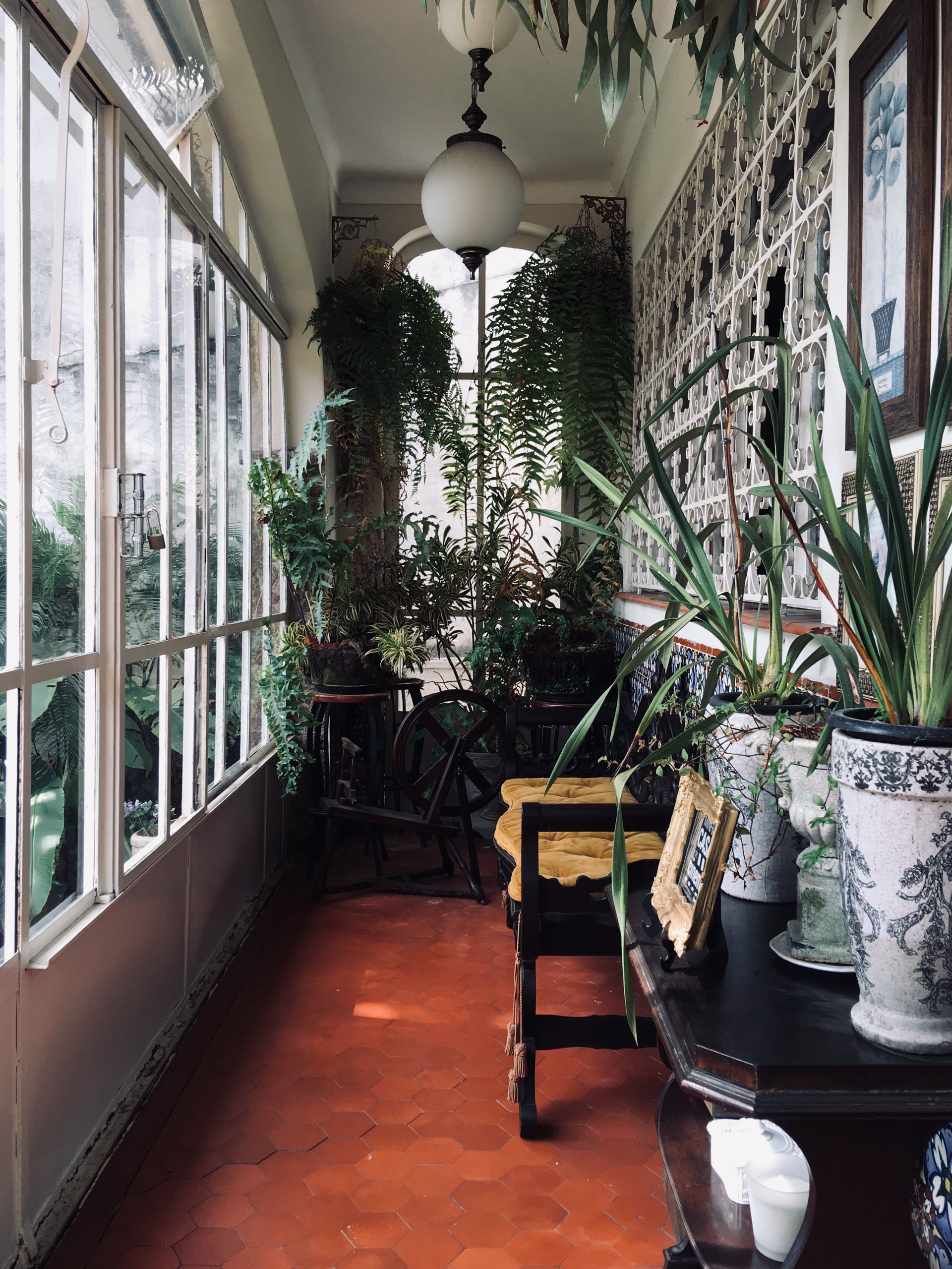The job of designing a new home can seem a difficult and daunting task. Many of our customers come to us not sure where even to begin. In order to help you with this, we’re creating a series of posts about what home design elements to keep in mind when designing your new home. Hopefully, you’ll find these helpful when you’re choosing and/or modifying a home plan you found in a magazine. (Note: If you need help finding a home plan, try starting out by looking at some of these plans on our website.)
Also, if you’re thinking of remodeling, these same design principles will apply and will help you with any size remodeling project.
In this series we’ll use the design patterns found in the book Patterns of Home: The Ten Essentials of Enduring Design by the authors Max Jacobson, Murray Silverstein, and Barbara Winslow. All three of the authors are internationally respected architects who published this easy to read and beautifully illustrated book in 2002. We highly recommend this book to you.
It can be purchased online at Amazon here:
The description of the book at Amazon is as follows:
“The key to creating a house that is memorable, satisfying, and enduring is to apply a group of design concepts–or “patterns”–that focus on the experience of being in a home. In this groundbreaking work,… [the book will] present the ten essential patterns that shape and define a well-crafted home.
Clearly written and profusely illustrated with houses from all over the country, “Patterns of Home,” brings the timeless lessons of residential design to anyone seeking inspiration and direction in the design or remodel of a home. The patterns described in the book can make the difference between a home that satisfies only the material needs of the owners and one that captures the essence of home.”
It is a great book and immensely helpful to anyone designing their new home or remodeling project.

We’ll devote a post to each of these ten patterns that are discussed in the book. The Ten Patterns are as follows:
Pattern One: Inhabiting the Site
Your house must sit somewhere. This pattern teaches us to pay attention to the path of the sun, neighbors, views, roads, and the shape of the ground.
Pattern Two: Creating Rooms Outside and In
The shape of your house will determine not only just inside spaces but outside spaces as well. This pattern teaches us to consider both indoor and outdoor rooms.
Pattern Three: Sheltering Roof
This principle causes us to think about the shape of our roof both inside and out. The roof is not just a cap to keep rain out. It forms the character of your home through orientation and shape, and defines spaces both above and below it.
Pattern Four: Capturing Light
This principle teaches us to think of our homes as a way to collect and guide the flow of natural light. Light can be used to form a path, wash across a wall, or highlight an important space. We learn how to use sources of natural light to reinforce the layout of your house plan.
Pattern Five: Parts in Proportion
This principle causes us to pay attention to how the home is a hierarchy of bigger and smaller parts. Parts that will feel comfortable to us when they are placed in good proportion to one another.
Pattern Six: The Flow Through Rooms
This pattern focuses on how we enter into and move around in your home. How to pay attention to the natural sequence of movements inside and outside of your home so that it feels comfortable.
Pattern Seven: Private Edges, Common Core
Rooms as spaces are meant to hold different kinds of activities. Some activities are private, and others are shared. A good design will balance between the two kinds of spaces.
Pattern Eight: Refuge and Outlook
How to use some spaces in your home as places to hide in, while still being able to look out to a larger indoor space or to the outside world. This pattern discusses the placement and use of nooks, window seats, alcoves, and more.
Pattern Nine: Places in Between
There are spaces formed by the design of your house that are neither completely indoors nor completely outdoors. These are places that allow you to inhabit the edges of your home.
Pattern Ten: Composing with Materials
This pattern focuses on the materials used to build a home. Materials that support or fill a space or cover a space with color and texture. The materials used will establish the theme of your home and will allow for variation both inside and outside the house.
This post is just the introduction. The first post on Inhabiting the Site will be coming soon!
Need some inspiration to start designing your home? Take a look at the plans on our main website.



